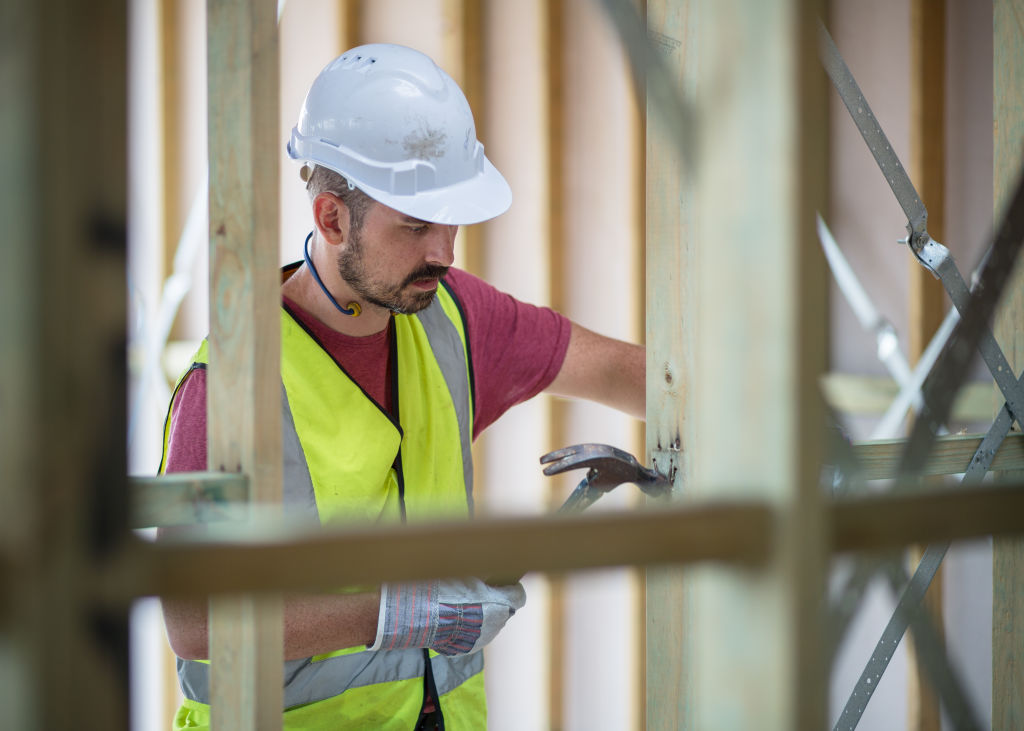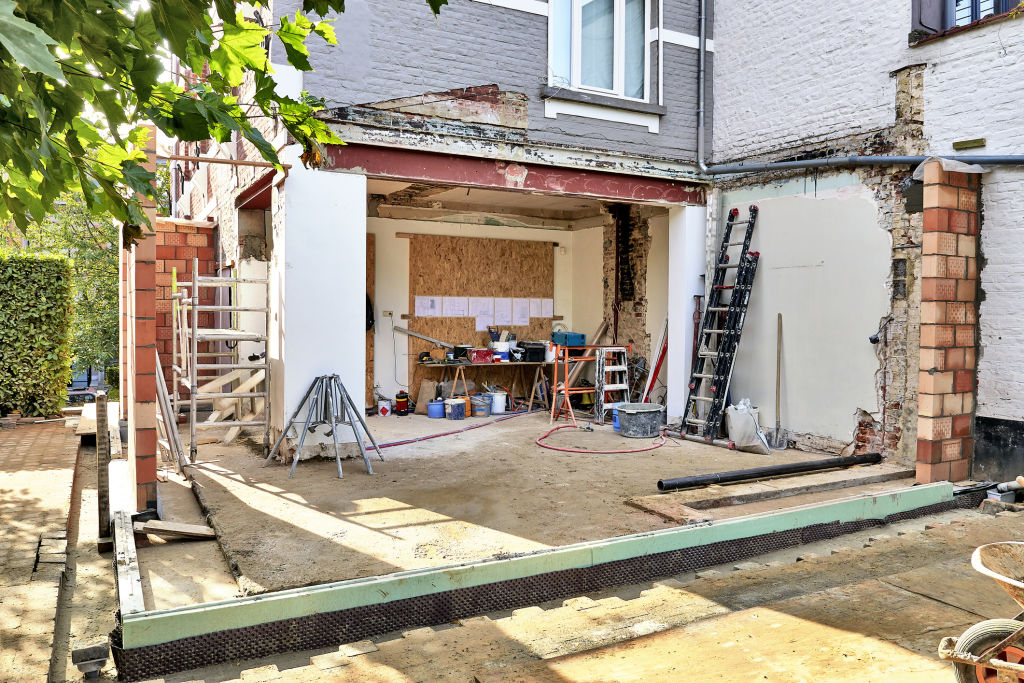Renovation rules: What you need to know before you start your reno project
If you’re ready to turn your daydreams of an extra bedroom, a bathroom makeover or a new al fresco zone into reality, we’ve researched some of the rules to help you make a smooth start.
Architect Amelia Lee, founder of Undercover Architect, says renovations can be a Pandora’s box, so the more you understand at an early stage, the better position you’ll be in to make good decisions.
“There are far too many examples of people operating on advice from a real estate agent or a neighbour and then running into problems when they start construction,” she says. “Don’t start dreaming big until you find out the rules.”
What kind of rules do I need to know about?
Every council has planning documentation detailing what can and can’t be built in the area. From the building height and setbacks to the fence and driveway materials, from rules for renovating heritage homes to regulations around tree removal and water tanks, the list is long and sometimes complicated.
Your best bet, says Lee, is to start by looking at your council’s website.
“Many will have local planning rules available online, and some might have some FAQs or cheat sheets with the most common questions to help you understand if your project is going to fit into any of their buckets,” she says.
Do I need planning permission?

There’s really only one answer to this question – it depends on the rules of the relevant council.
“It can vary so widely from place to place, council to council, even from house to house,” says Lee. “So, it’s in your best interests to find out the town planning rules.”
Peta Charles, principal planner with Brisbane Town Planning, believes home owners should always go in assuming a development application (DA) will be required unless you can find exemptions to cover each and every aspect of your renovation.
There are 537 councils across Australia, and each has a different approach to building work.
For example, in Brisbane, councils generally require a planning application for external extensions to all houses in the traditional building character overlay, regardless of the age of the house.
“Generally speaking, the closer you are to the Brisbane CBD, or the more constrained your land is with vegetation or by flooding, the higher the chances that you won’t be able to find exemptions to cover what you want,” says Charles.
How long will it take to have my DA assessed?

Builder and founder of iConstruct Building Solutions Jonathan Powell says first-time applicants are seldom aware of how long approvals can take.
“They’ve got a set of plans, and they think ‘we’ll be building in a month or two’,” he says. “I could be engaged with a client for a year before we actually begin construction. I think people get led down the garden path with the shows on TV where everything happens so quickly.”
The determination time for a DA varies widely, and if your application is rejected, you’ll need to make amendments and resubmit, pushing the timeline out even further.
So, don’t book your trades before you get the required permissions, and if you’re an investor, don’t go giving your tenant notice prematurely.
Can I fast-track my application?

In many council areas, minor renovations may fall into an “exempt” or “accepted” development category, which means you won’t need permission to get work started. Examples of development that can be exempt in NSW include decks and garden sheds; in Victoria, pergolas and some minor alterations or demolitions; and in Queensland, some retaining walls and fences.
If your proposed renovation doesn’t fall into these categories, it may fall under a complying development category. Broadly speaking, this allows a fast-track assessment to be made by the council or an accredited certifier, with potential for approval in as little as 10 business days.
“At some councils, your project can sit in there for six months or more, so it’s worth finding out if you can go for a complying development certificate or another fast-tracked planning process,” says Lee.
With help from an architect and town planner, you may be able to tweak your plans so that they meet fast-track pathway requirements.
What if my home has heritage significance?

There are all kinds of restrictions relating to heritage-significant properties, from rules around paint colours to rules preventing demolition or contemporary updates. Once again, the finer details will vary from council to council, with planning rules generally available online.
For those living in Brisbane City Council, for example, Charles says you can either check the property report available via the Interactive Mapping program or search the BCC heritage register.
For more clarity, consider engaging a town planner familiar with your council area.
“We deal with people daily who say ‘if only I had known this before I had bought the property, I wouldn’t have gone through with the purchase’,” says Charles. “People don’t realise that there are requirements out there that can limit how they renovate or even remove any reno potential.”
Lee says in cities like Sydney and Melbourne, there are some areas where you can’t touch the facade and some situations where you immediately require a heritage architect as part of your team to prepare a report as part of your development application.
She warns home owners to expect hurdles when attempting a renovation on a heritage-significant property.
“When you’ve got established character property in any area, people are buying into that area because they love the older homes,” she says. “So, you shouldn’t be surprised when the council tries to protect those homes.”
Can I remove trees or change the landscaping?

Many councils have minimum open space requirements, which means you won’t be able to concrete the backyard to avoid garden maintenance. And it’s not uncommon to need council permission to remove trees over a certain height.
Lee advises home owners hoping to remove significant trees as part of their renovations to get familiar with the Local Environment Plan (NSW) or equivalent document for your jurisdiction before finalising their plans.
“You may find you’re not able to get rid of trees, and that then changes your design strategy,” she says. “You might also discover you need an arborist’s report.”
Powell says home owners also need to allow for landscaping in their budget.
“This is often the part of the budget that gets missed,” he says.
We recommend
We thought you might like
States
Capital Cities
Capital Cities - Rentals
Popular Areas
Allhomes
More










